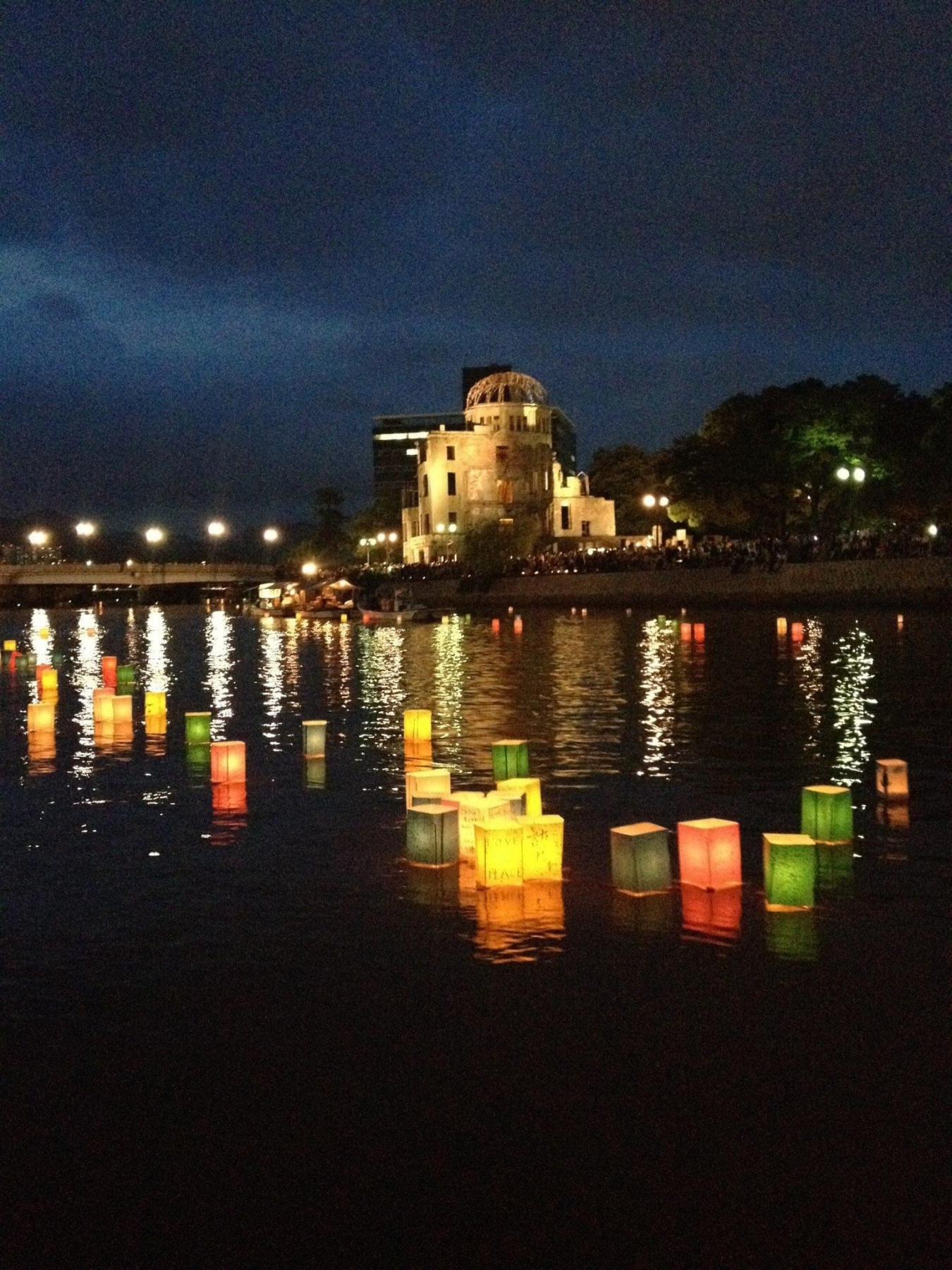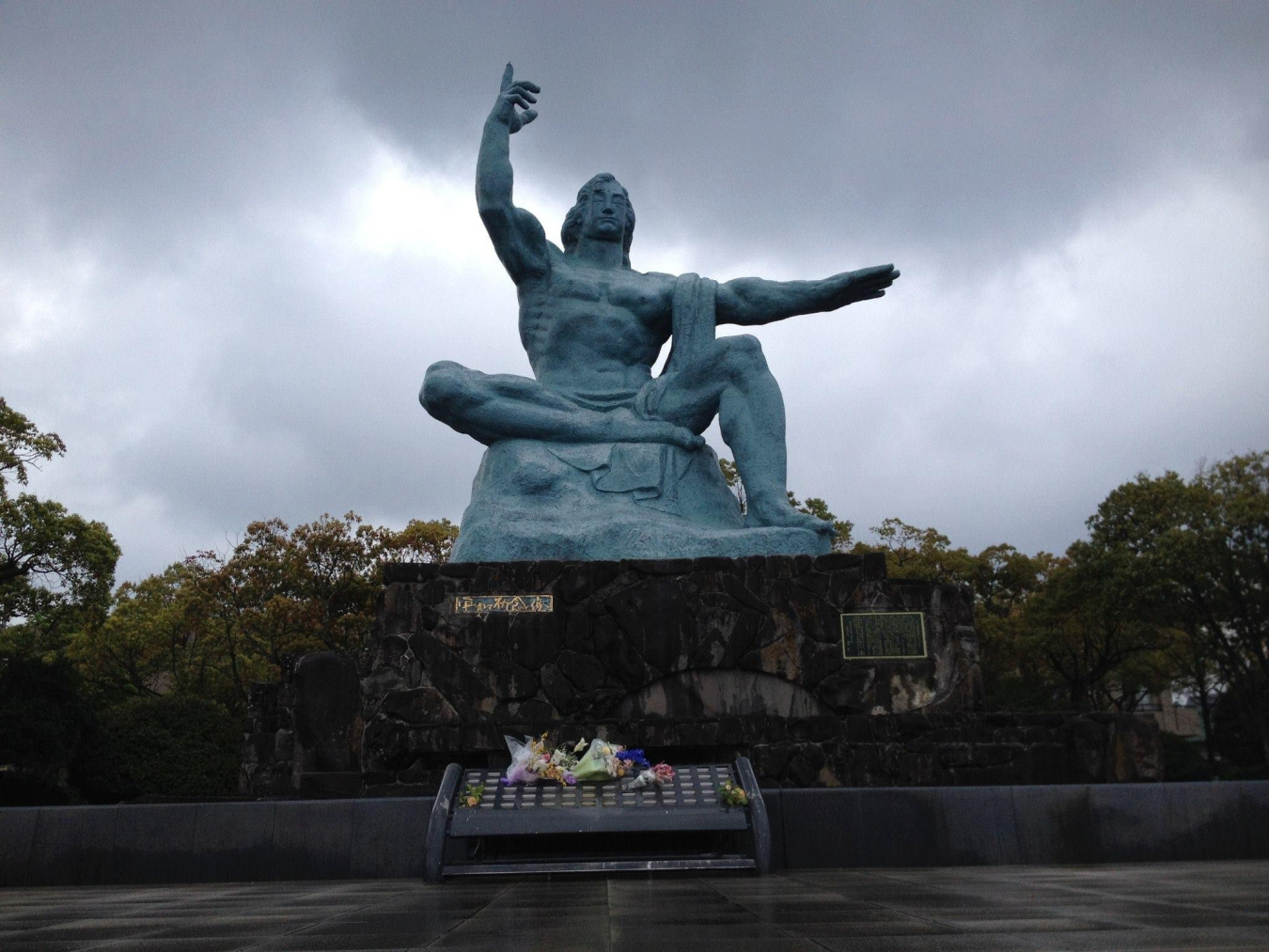Background
In August 1945, the United States dropped atomic bombs on two Japanese cities: Hiroshima and Nagasaki. These bombings destroyed the cities and caused suffering and many deaths. After the bombings, doctors, scientists and members of the U.S.-Japan Joint Commission began to study medical conditions in the survivors. To better understand these conditions and to learn about other long-term health effects of the bombings, the U.S. National Academy of Sciences and the National Research Council set up the Atomic Bomb Casualty Commission (ABCC) to do scientific research.

In 1975, the work of the ABCC was transferred to the newly created Radiation Effects Research Foundation (RERF), a nonprofit organization run by both Japan and the United States to ensure equal partnership. RERF is funded by the U.S. Department of Energy and the Japanese Ministries of Foreign Affairs and Health and Welfare. The Nuclear and Radiation Studies Board of the National Academies helps guide RERF’s scientific research and human resource decisions. Both Japanese and American employees work together at RERF to do research for peaceful purposes that promotes health of the survivors and all humanity.
Research at RERF would not be possible without the support and cooperation of the atomic bomb survivors. RERF aims to help improve the health and well-being of these survivors, whose lives were greatly affected by the bombings, as well as the health of people worldwide.
RERF'S Research Program and Goals:
RERF is known internationally for its studies that have helped to understand the long-term effects of radiation exposure on groups of people. The results of RERF’s studies have been essential for setting global radiation protection standards, which protect the health of the general public and radiation workers around the world. Other research groups also use the methods developed by RERF for their own radiation studies.

The largest study at RERF is the Life Span Study (LSS) which includes over 100,000 atomic bomb survivors who were living in Hiroshima and Nagasaki when the bombings happened. RERF has other related studies, such as the Adult Health Study, which collects medical data from survivors, and the In-Utero Study, which looks at health effects in people who were still in their mothers' wombs during the bombings. These studies have helped the world understand how radiation can cause cancer and other health problems, such as heart disease and cataracts.
An important aspect of all of RERF’s studies is “dosimetry,” which means estimating the amount of radiation each person received. RERF uses advanced geographical and statistical models to calculate these radiation doses. Understanding how much radiation was received by each atomic bomb survivor helps researchers to study how different levels of radiation affect the risk of cancer and other diseases.
Even though nearly 80 years have passed since the bombings, RERF continues its research thanks to the cooperation of the survivors and their children. The next phase of research involves studying over 2 million biological samples donated by survivors and their families. This work will help scientists understand how radiation causes diseases at the molecular and genetic levels.
Through its studies, RERF will keep contributing to scientific knowledge and health improvement for many years to come which not only benefits the atomic bomb survivors, but also people who work with radiation for their jobs and the public.
RERF Information and Links:
- Radiation Effects Research Foundation webpage:
- RERF publications and downloadable data
RESOURCES TO LEARN MORE ABOUT THE ATOMIC BOMBINGS OF HIROSHIMA AND NAGASAKI:

